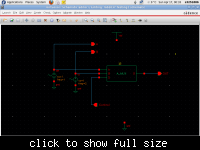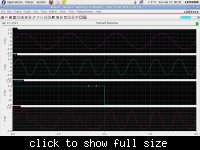sebas
Junior Member level 2
Hi,
Two beginner's questions:
1. What is the differences between an analog IC and a digital IC switch?
2. How can I find the maximum frequency for the input signal of a switch? I looked through the datasheet of a switch and I couldn't find a parameter that can tell me this. I want to use a switch to select between two clock sources.
Thanks!
Two beginner's questions:
1. What is the differences between an analog IC and a digital IC switch?
2. How can I find the maximum frequency for the input signal of a switch? I looked through the datasheet of a switch and I couldn't find a parameter that can tell me this. I want to use a switch to select between two clock sources.
Thanks!

